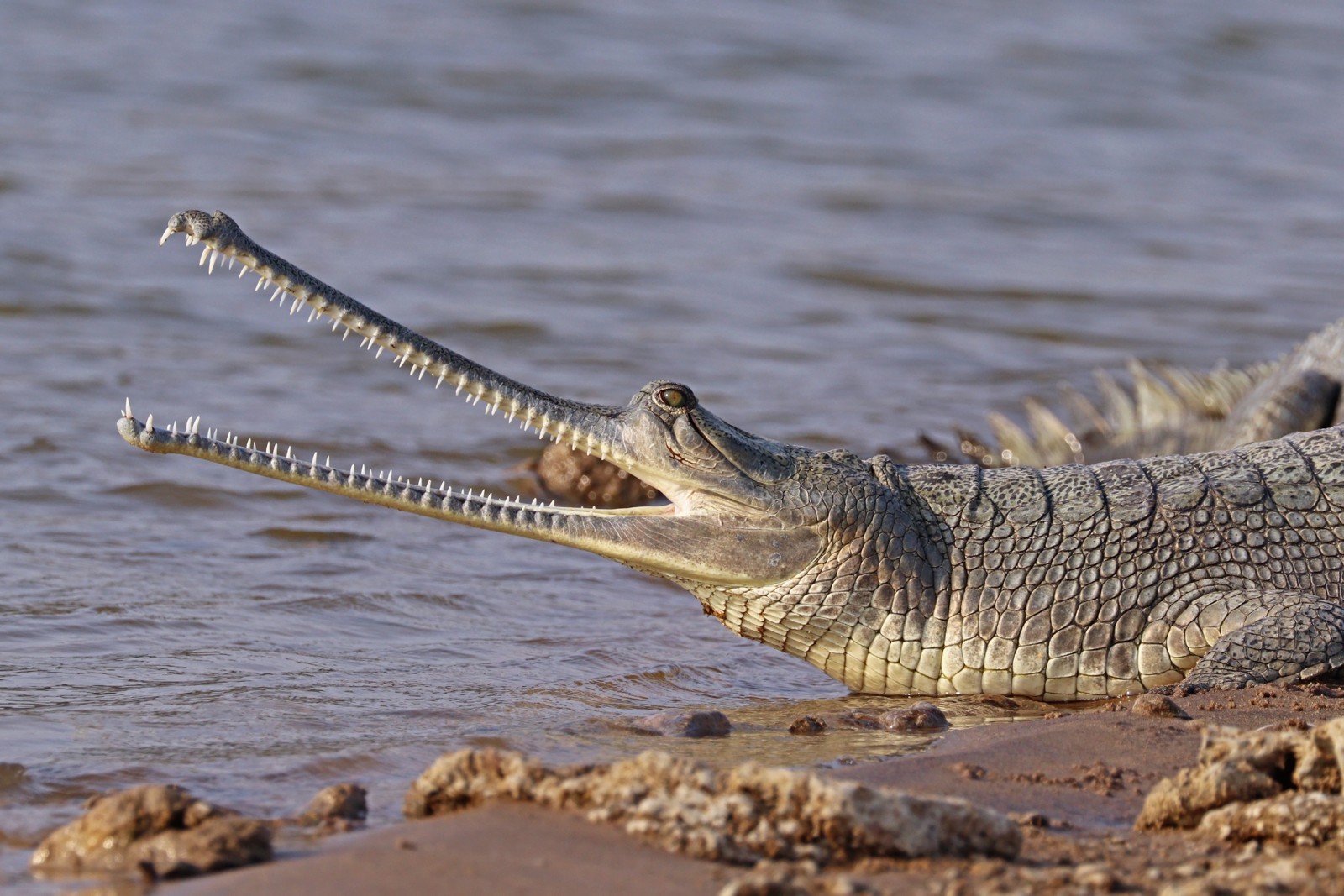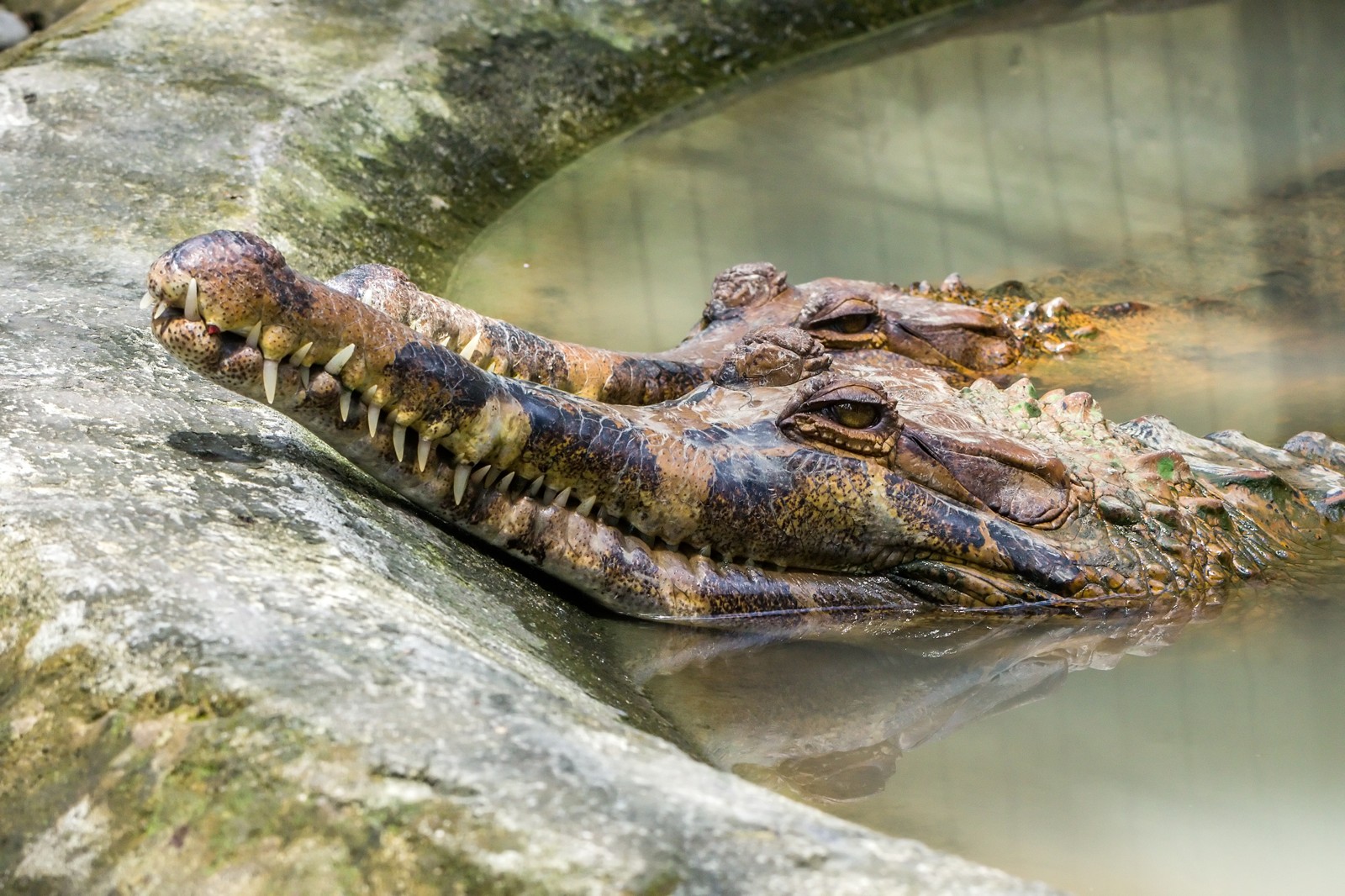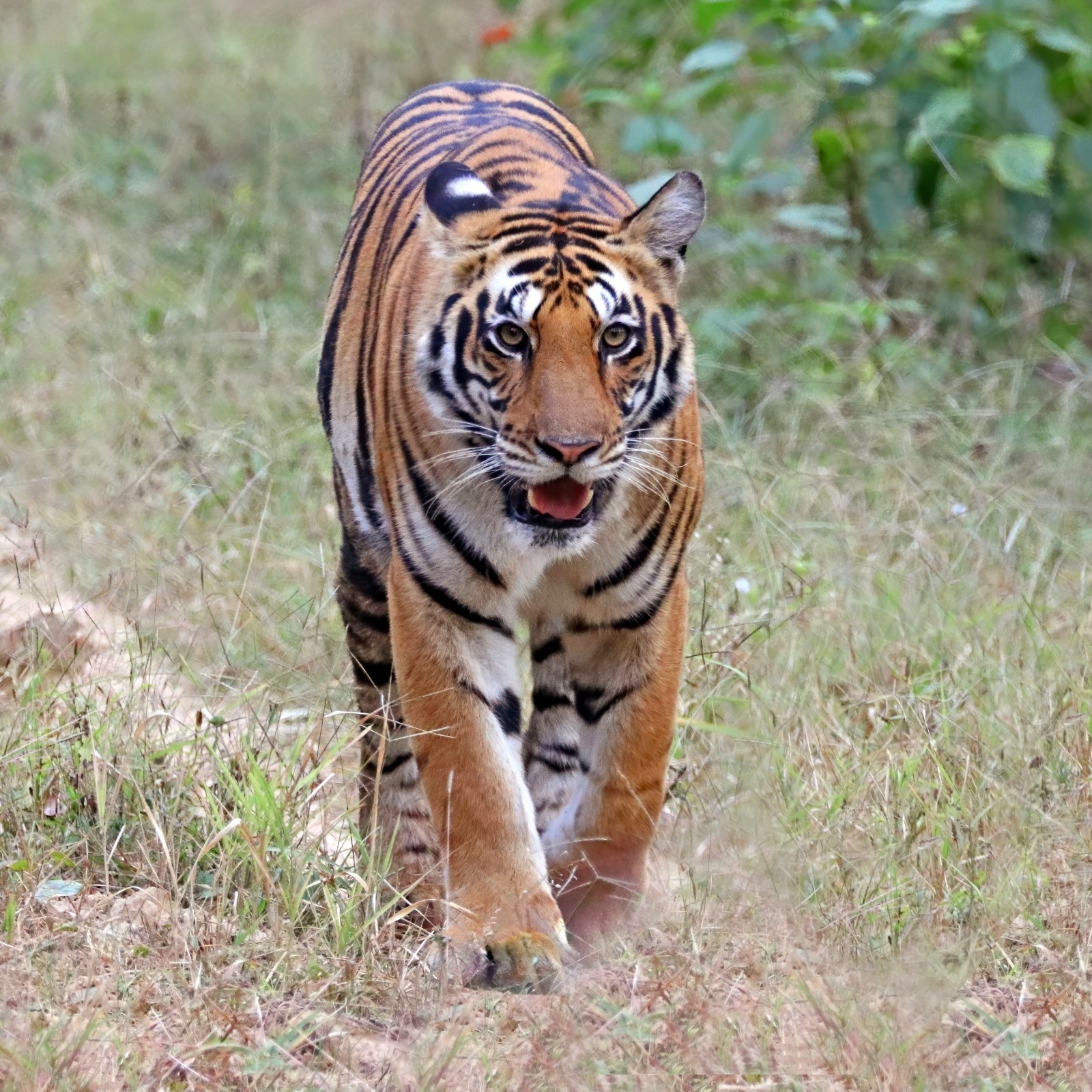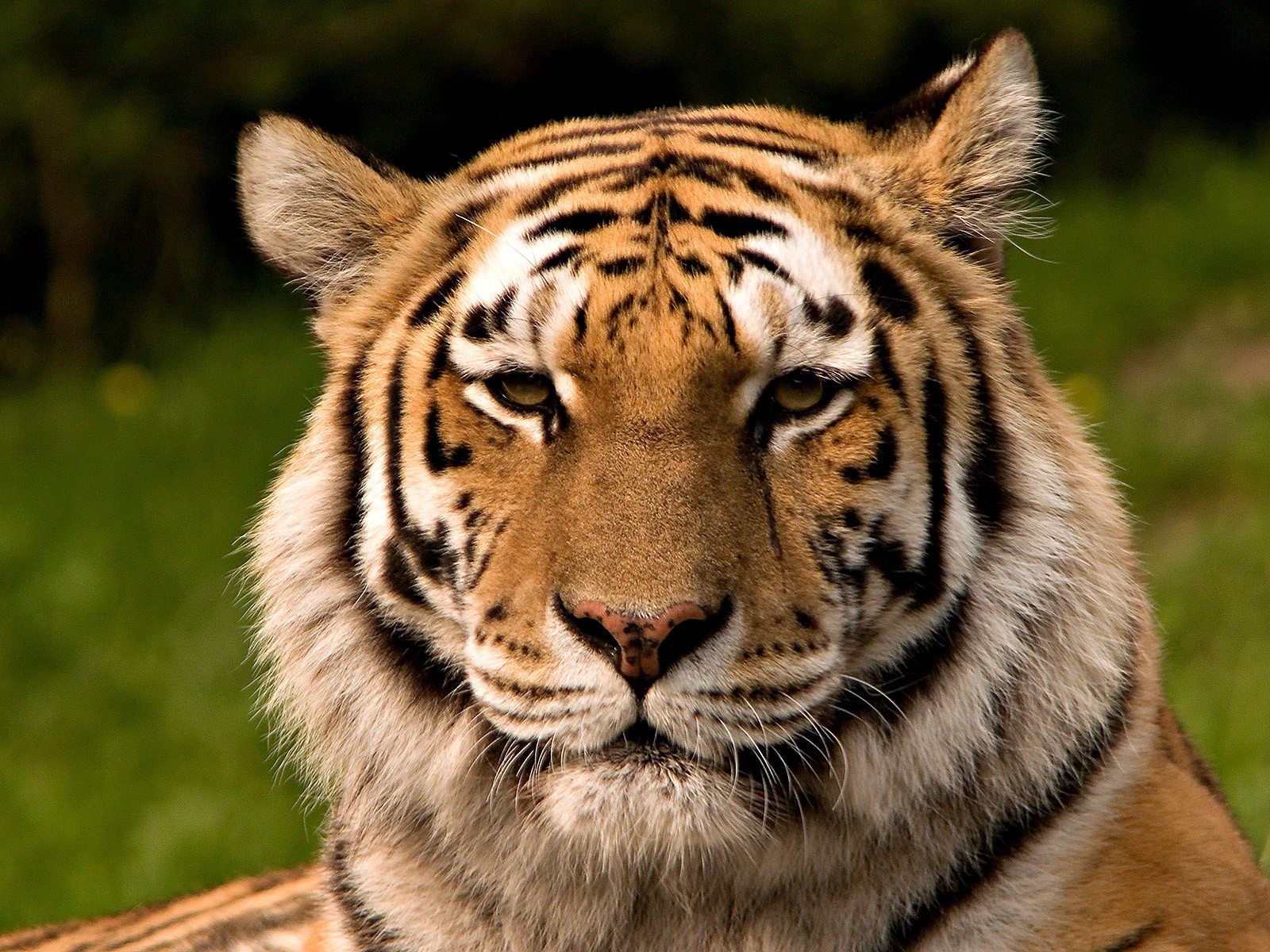Domestic Cat vs Wildcat: A Complete Comparison
When comparing domestic cats vs wildcats, several key differences emerge despite their similar appearances. While domestic cats typically weigh 8-10 pounds (3.6-4.5 kg), their wild cousins are notably larger, reaching up to 15 pounds (6.8 kg). This size difference reflects their distinct evolutionary paths, with wildcats maintaining the robust build needed for survival in harsh natural environments.
The relationship between domestic cats and wildcats spans roughly 9,000 years, with DNA evidence suggesting that all domestic cats descended from the African Wildcat (Felis silvestris lybica). While sharing common ancestry, these felines have developed distinct characteristics through natural selection and human intervention.
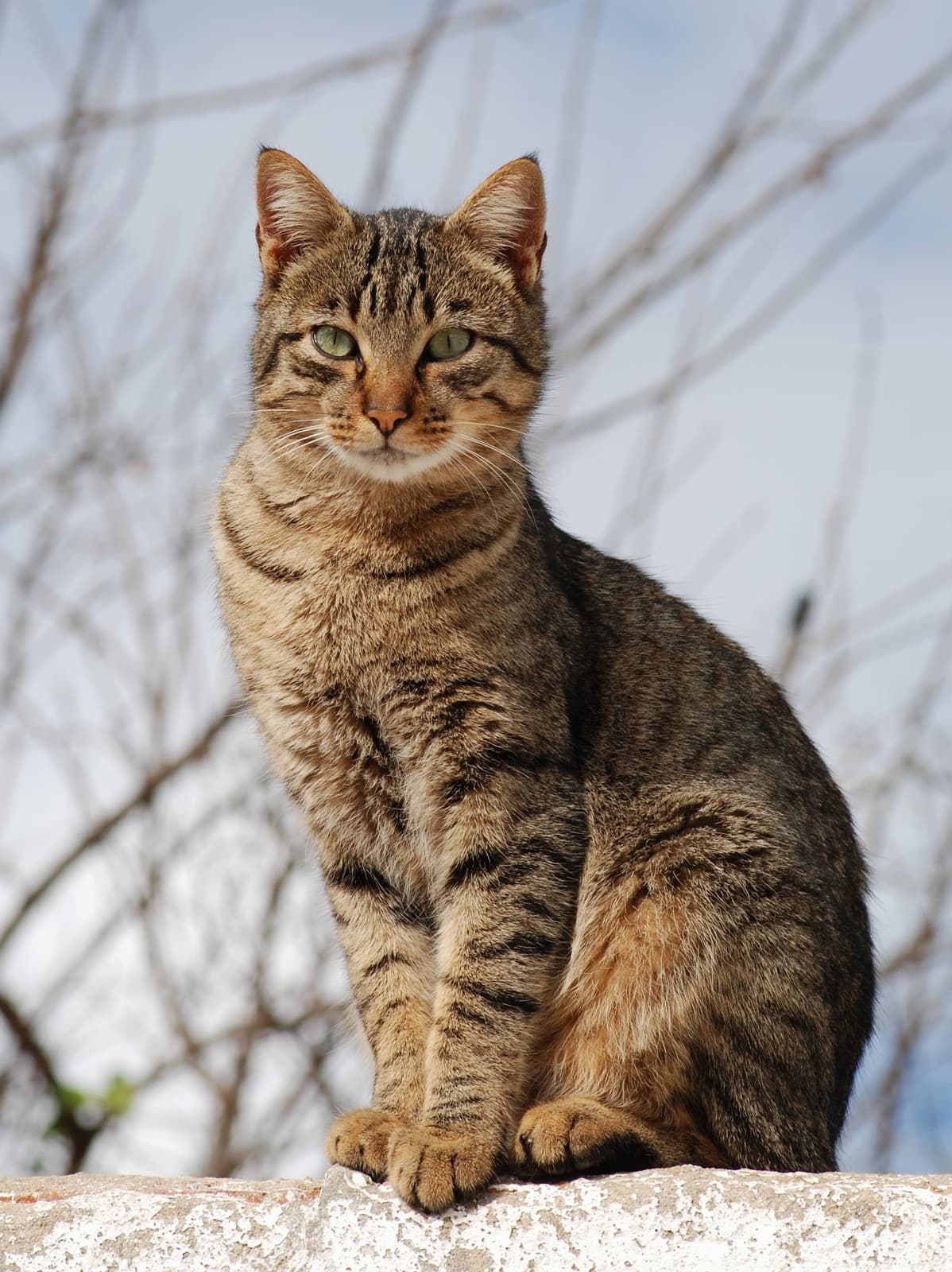
© Alvesgaspar / CC BY-SA 3.0
The domestic cat displays the classic tabby pattern that evolved from its wildcat ancestors, though centuries of selective breeding have resulted in more varied coat patterns and colors than their wild counterparts.
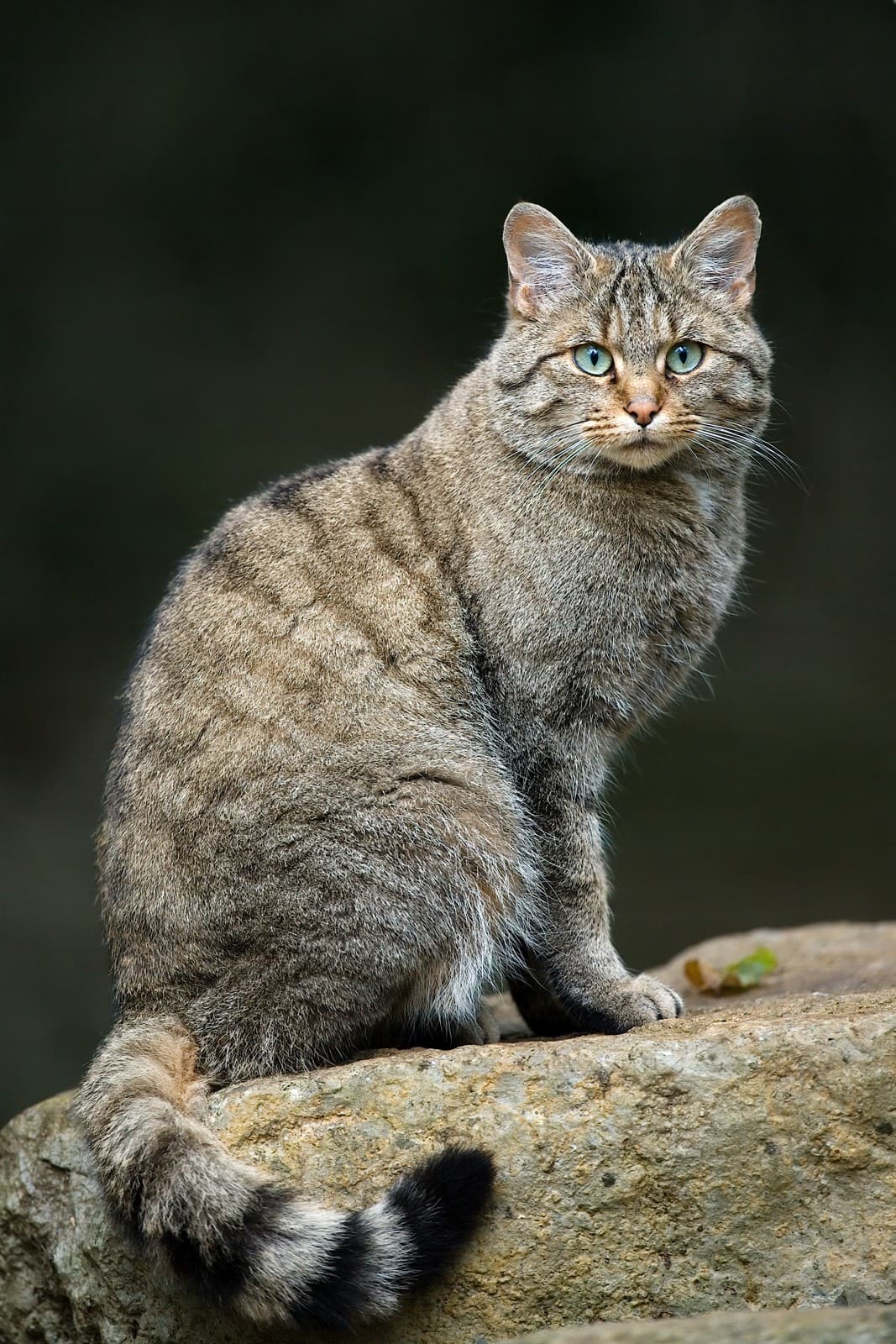
© Lviatour / CC BY-SA 3.0
The European Wildcat exhibits the muscular build and distinctive striped pattern characteristic of wild felids, demonstrating the robust features necessary for survival in natural habitats.
| Feature | Domestic Cat | Wildcat |
|---|---|---|
| Weight | 8-10 lbs (3.6-4.5 kg) | 11-15 lbs (5-6.8 kg) |
| Tail | Thin, tapered | Thick, bushy with black rings |
| Behavior | Social, adaptable to humans | Solitary, avoids human contact |
| Hunting Success | 32% success rate | 60% success rate |
| Territory Size | 0.5-3 acres | 350-1,000 acres |
| Lifespan | 12-18 years | 6-10 years |
Physical Differences Between Domestic Cats and Wildcats
The most noticeable physical distinction between domestic cats and wildcats lies in their build and musculature. Wildcats possess more robust limbs, broader heads, and distinctively thick, blunt-ended tails with prominent black rings. Their coat typically shows less variation than domestic cats, maintaining the classic tabby pattern that provided optimal camouflage during evolution.
Behavioral Differences
While domestic cats have adapted to human companionship over millennia, wildcats remain fundamentally solitary and wary of human contact. Domestic cats display neotenic behaviors - retaining juvenile traits into adulthood - such as meowing and kneading, which are rarely observed in adult wildcats. Wildcats are also strictly nocturnal, while domestic cats adjust their activity patterns to match human schedules.
Hunting and Territory
Wildcats demonstrate superior hunting efficiency compared to their domestic relatives, with success rates nearly double that of house cats. Their larger territory requirements reflect their need for extensive hunting grounds, with individual wildcats patrolling areas up to 1,000 acres (405 hectares). In contrast, domestic cats typically maintain territories of just 0.5-3 acres (0.2-1.2 hectares), even when allowed to roam freely.
Survival Adaptations
The wildcat’s larger size and more muscular build reflect adaptations necessary for survival without human assistance. Their thicker fur provides better protection against weather extremes, while their more powerful jaw muscles and larger teeth enable them to tackle a broader range of prey. Domestic cats, benefiting from human care, have developed more varied physical characteristics and reduced survival capabilities.
Conservation Status
While domestic cats thrive as one of the world’s most popular pets, many wildcat species face significant conservation challenges. Habitat loss and hybridization with feral domestic cats represent major threats to wildcat populations, particularly in Europe where pure European wildcats (Felis silvestris silvestris) are becoming increasingly rare.
Who Would Win in a Confrontation?
From a purely biological perspective, a wildcat would typically dominate in any direct confrontation with a domestic cat. Their larger size, more powerful muscles, and natural hunting instincts give them a significant advantage. However, such encounters rarely occur naturally, as wildcats actively avoid areas of human habitation where domestic cats are found.
Through this comparison of domestic cats vs wildcats, we see how domestication has created distinct differences in size, behavior, and survival capabilities, while maintaining many of the fundamental feline characteristics that make these animals such successful predators in their respective environments.




